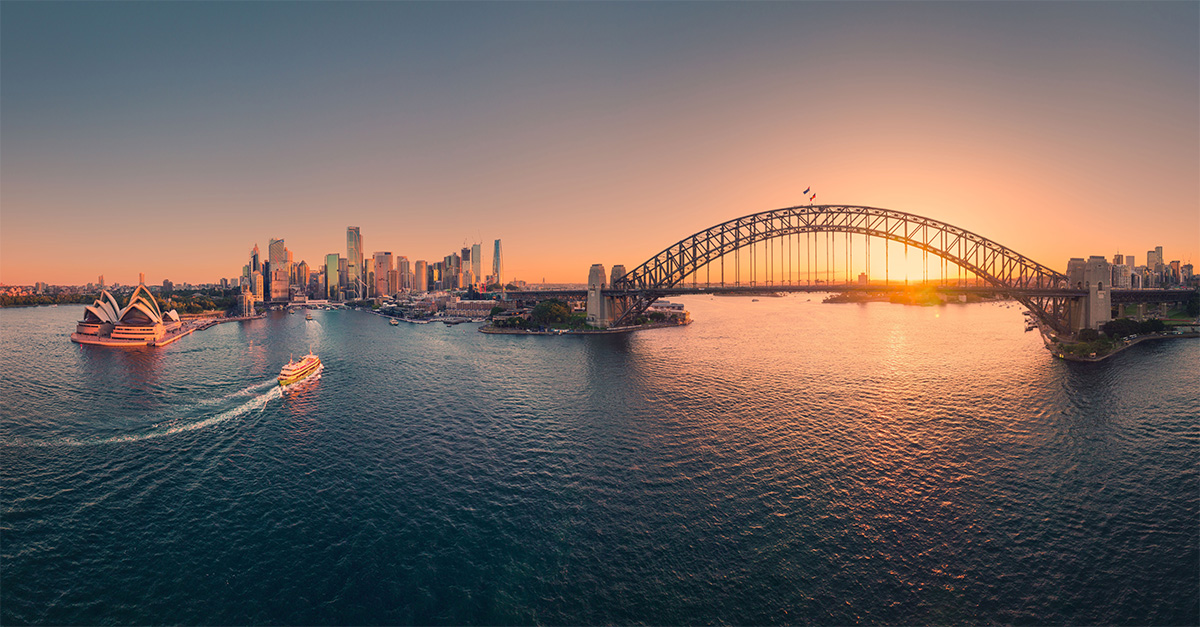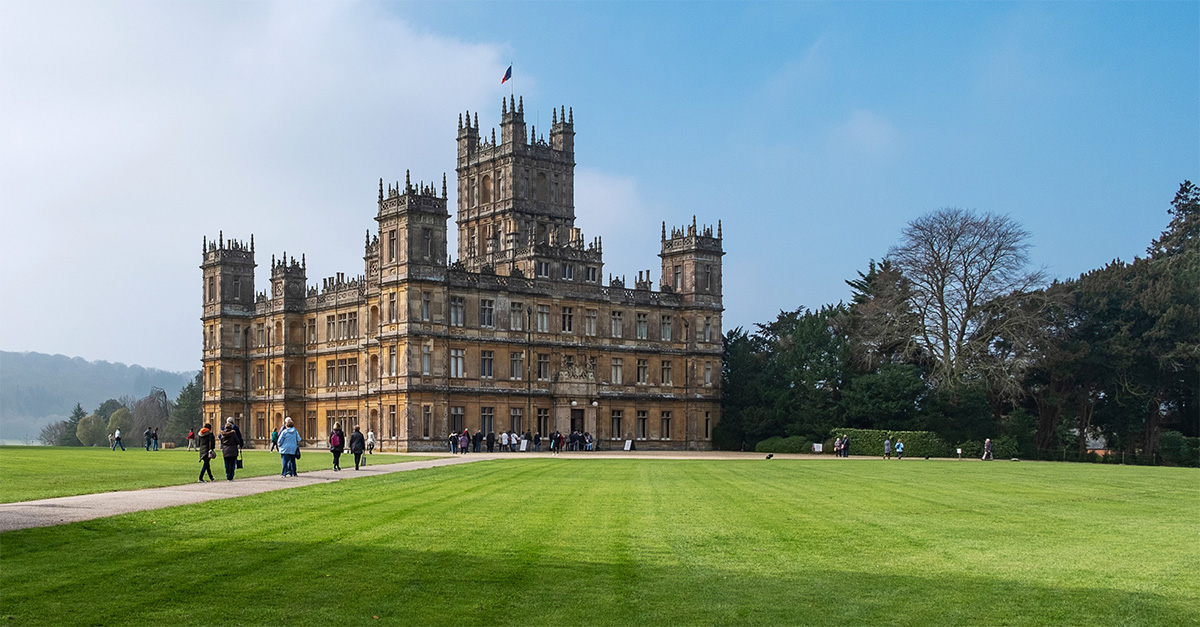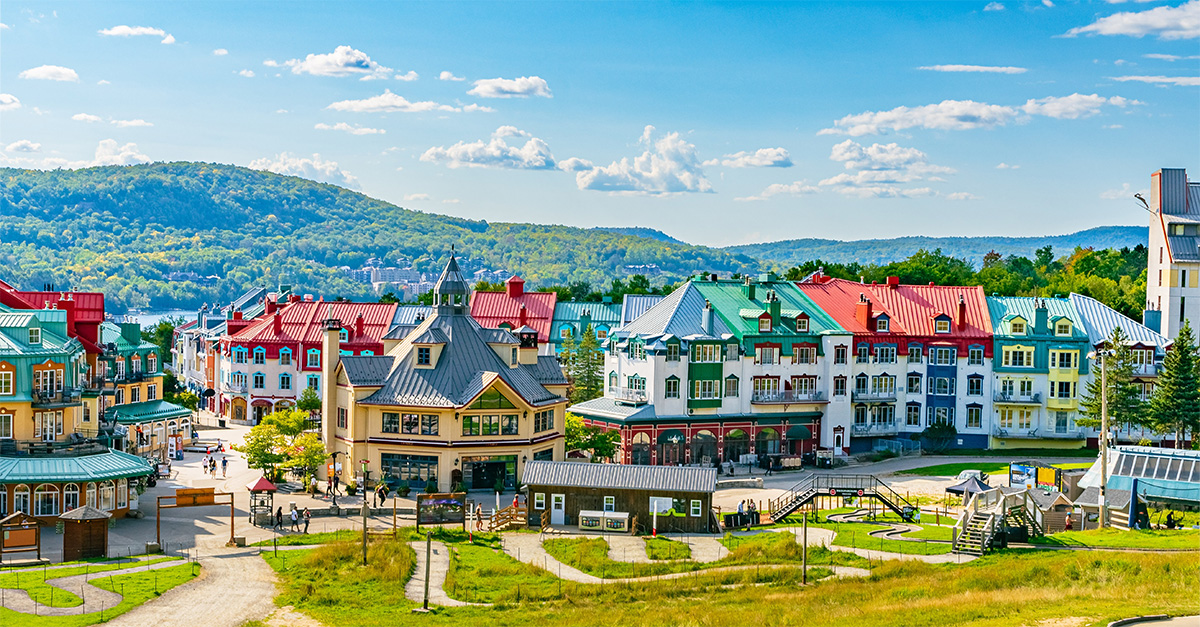Those in the business called it ‘brochureware’ and it was the first thing agents and operators used to do when they developed a website.
They converted all their glossy travel magazines that sat on shelves into pictures and text online. Then came a few videos and podcasts about hotels, airlines and destinations as well as some interactive maps and other applications.
This is Web 1.0 in tech-parlance, and many businesses in the travel industry are still at this stage. Their brochures are online, but interaction with the brand is generally limited to a booking engine.
Beyond brochures
Well, times have moved on. We are now in the era of Web 2.0 – it’s the age of the conversational web and user-generated content. It refers to the new breed of ‘beyond brochure’ applications on the internet.
Web 2.0 is largely about relationships and using technologies that try to foster a connection between a company and the potential holidaymaker. n many ways the consumer increasingly decides what you are about and tells others online.
Think Facebook, Bebo, MySpace, YouTube and Twitter, with a touch of TripAdvisor. If these websites mean little to you, find a young person, sit them down and interrogate them because analysts believe it’s time that the industry woke up to the potential of Web 2.0 and social media.
If you are sceptical about the level of influence it wields, then check out the figures – Facebook has more than 18 million users in the UK alone and MySpace more than seven million.
User-generated content plays a major role in booking decisions. According to EyeforTravel, 72% of people who shop online are influenced by consumer reviews.
The average click-through rate for online advertising banners – a primary measure of an ad campaign’s success – is at its lowest level in years, so you need to do more than advertise online.
Don’t assume your competitors aren’t embracing Web 2.0 to pull in clients just because you’re not. Some of the biggest brands in the business are active, from the Barbados Tourism Authority (see box on page 52) to hotel group InterContinental, which maintains a private online community that allows the company to interact with members of its loyalty programme.
Fan pages
PR firms are creating fan pages with photos and comments for tourism boards on social media websites – from the likes of Jersey to Ontario – to generate interest in destinations from the public.
It could be as simple as creating a travel trip tool and web page that allows people to give feedback. For example, creative digital firm Nemisys developed a website for the British Sub Aqua Club, which wanted an interactive platform designed to help divers find and share the right locations for diving holidays.
A Nemisys spokesman said: “Third-party reports are a brave move, but are highly credible. It can also provide feedback on the travel product being offered. Best practice is always to moderate what’s being posted, even if it is time consuming – both to learn from and ensure fair play,”
he added.
With Twitter, which involves posting conversations online, PR firm McCluskey International director James Allen said: “There’s a change in mindset since clients are not used to communicating messages every day, and sometimes several times a day.
“There’s a perception that it will take a lot of resources in terms of monitoring and inputting information, but this doesn’t need to be the case. You can schedule time to look at Facebook and Twitter, just as you would schedule time to look at newspapers and magazines.”
Positive feedback
Feedback from industry players on adapting the Web 2.0 appears, at first, to be cautious, but when companies see the outcome, the reaction can be incredibly positive, as Allen explained: “It’s immediate – results can be generated and monitored quickly and accurately.”
Web 2.0 is here to stay and holidaymakers are adapting it in other spheres of their life. The determining factor for success in the travel industry will be how these online relationships are created and managed. Managing the public’s needs, likes, idiosyncrasies and building trust is imperative.
As Natalie Walsh, a consultant for online marketing firm, Surf PR put it: “The social media revolution is a gift to brands that know how to take advantage of it.”
Case study: The Barbados Tourism Authority
Objective: To celebrate 2009 as The Year of the Gourmet, the Barbados Gourmet Card offers discounts at selected restaurants on the island.
Medium: A page on Facebook is used to promote the Barbados Gourmet Card website and encourage people to register. It also encourages members to get involved in swapping recipes, stories and ideas about the island.
Result: Traffic will be driven to the page via events, forums, blogs, searches, email lists, PR coverage, print materials and online partnerships.
Target: The Facebook page targets a variety of audiences – potential holidaymakers, journalists, Barbadians in the UK (potential VFR market) and Barbadians at home. There are plans to further develop the page as a platform offering promotions and competitions.
Case study: The Adventure Company
Objective: To create inspiring content that would increase online bookings and create noise, as well as excitement about the types of adventures offered.
Medium: It created an Adventure Company fan page on Facebook, a monthly e-newsletter and Adventure Company blog. Its company website includes guest books, photos and travel diaries.
Result: The community features higher volumes of staff, guide and customer content. The Adventure Company now has over 1,200 Facebook fans, and the AdCo_tweet Twitter account has over 250 followers.
Tracking: All social pages are linked to each other, tracking click-throughs and bookings allow the company to quantify traffic and understand the importance of social media.
Related blog posts…
- Advantage agent launches Twitter group: Some tips [Travel Weekly Blog]
- The Twitter debate: Questions we ‘travel twits’ should answer [Travel Weekly Blog]
- List of travel industry Twitter users [Journeys Through Travel]




